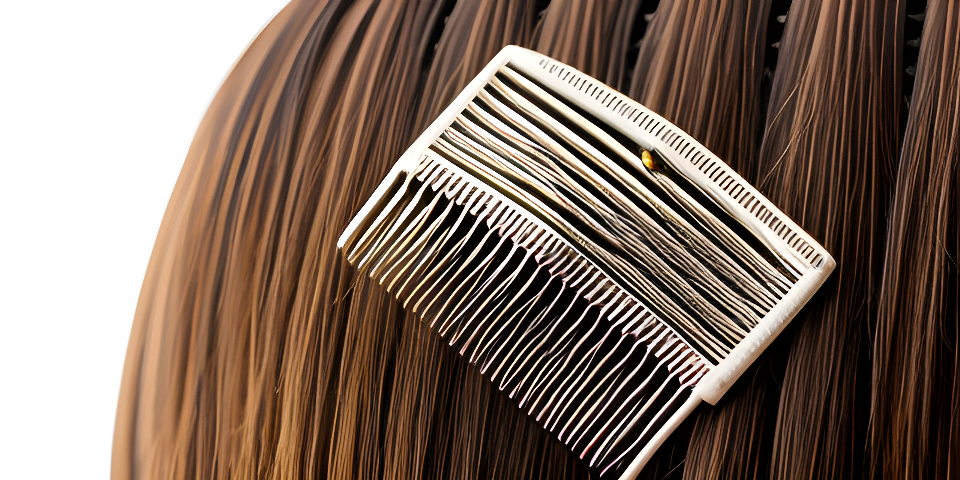Introduction

Hair combs are one of the oldest tools used for grooming and styling hair, with a history spanning thousands of years. Throughout the ages, combs have evolved from simple wooden tools to intricate ivory and metal designs, to the affordable and widely available plastic combs we use today. In this article, we will delve into the fascinating history of hair combs, exploring their origins and evolution over time.
Part 1: Ancient Hair Combs Combs were first used in ancient times, with the earliest versions made from natural materials like wood, bone, and antlers. The ancient Egyptians used combs made from wood, bone, or ivory to style their hair, while the ancient Greeks and Romans used metal combs. In China, combs made of tortoiseshell and ivory were seen as luxury items, often decorated with intricate carvings.
Part 2: Medieval Hair Combs During the Middle Ages, combs became more widely used in Europe, and were made from a range of materials like horn, ivory, and metal. In England, ox horn was a popular material for combs, used for both hair styling and grooming. In the 14th century, the invention of the comb press allowed for more intricate designs to be carved into combs.
Part 3: Renaissance Hair Combs During the Renaissance, hair combs became even more elaborate and decorative, with ivory being a popular material in Italy. French combs, often adorned with gold and silver inlays, were highly sought after and considered symbols of wealth and status. Aristocrats often exchanged combs as gifts.
Part 4: Industrial Revolution Hair Combs The Industrial Revolution brought significant changes to the production of hair combs, with mass production techniques making them more affordable and widely available. In the mid-19th century, plastic combs were invented, offering a cheaper and more durable alternative to earlier combs. Plastic combs are still commonly used today, alongside other materials like metal and wood.
Part 5: Modern Hair Combs Hair combs have continued to evolve and improve in the modern era, with different types of combs designed for different purposes like detangling, styling, and grooming. Many combs now come with special features, like heat-resistant materials or anti-static properties, to enhance their functionality. Hair combs are still essential tools for hair care and styling, with a rich history and cultural significance.
Conclusion
From their earliest origins to modern times, hair combs have played a crucial role in hair care and styling. The evolution of combs from simple wooden tools to ornate ivory and metal designs, to the affordable and widely available plastic combs of today, is a testament to their enduring usefulness and cultural significance. The continued development of hair combs ensures that they will remain essential tools for hair care and styling in the future.


